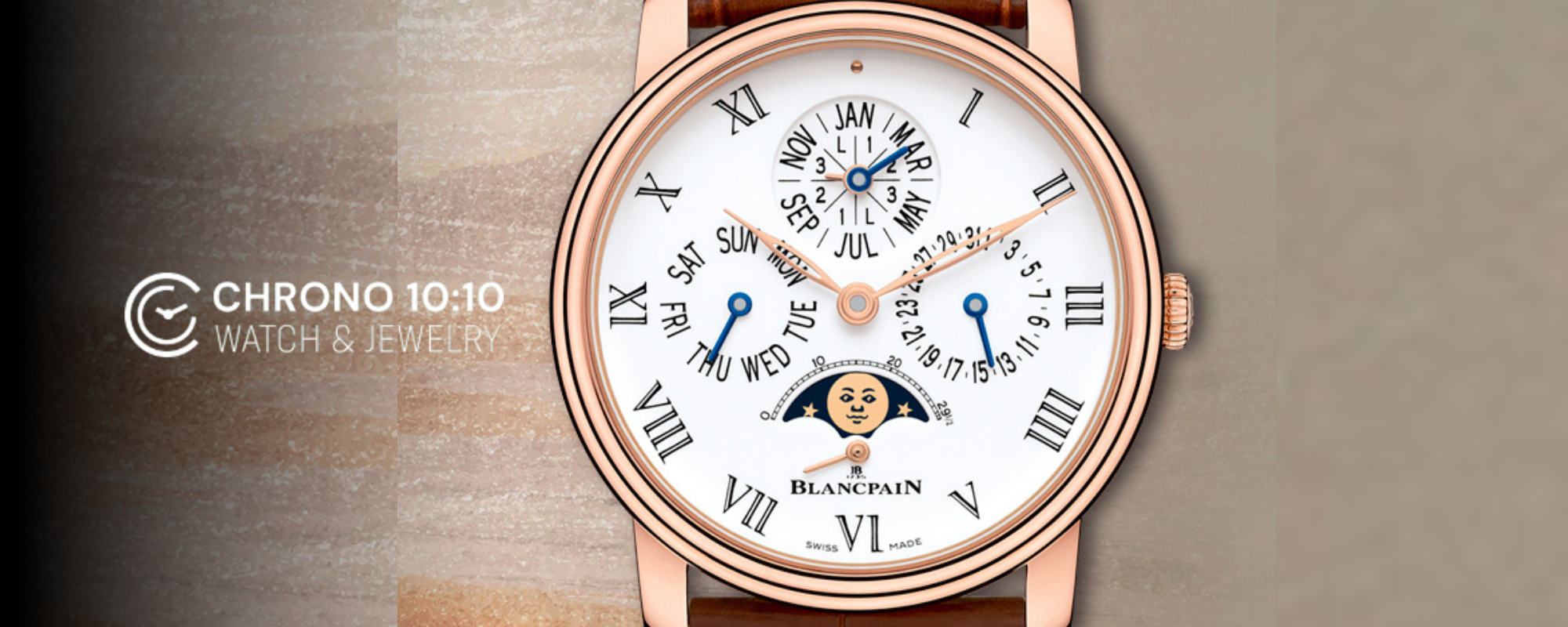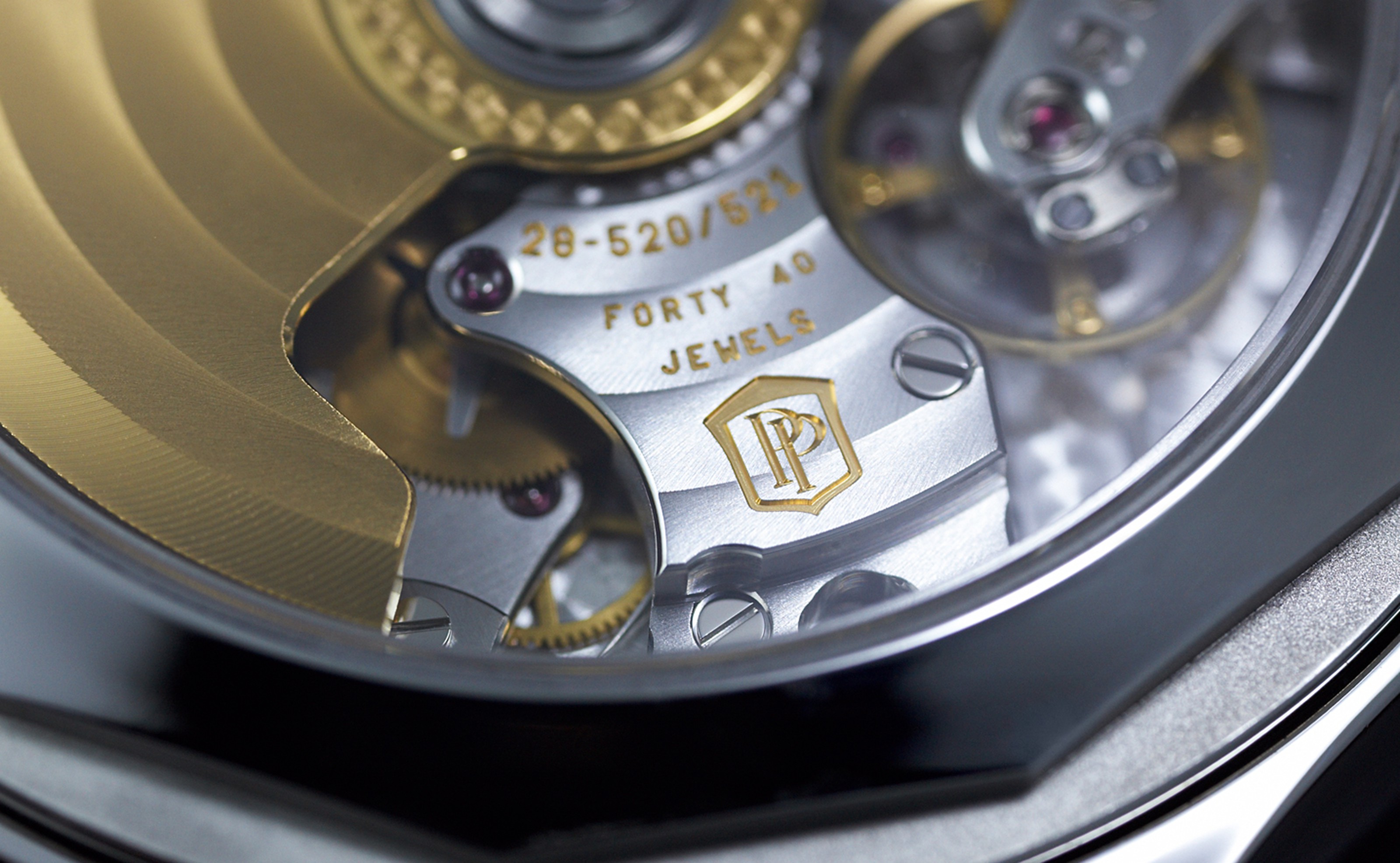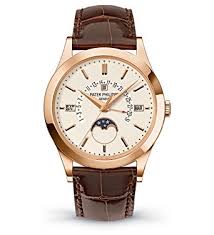A useful and practical complication in wristwatches, allowing the wearer to track the day, date, month, and other important information, is the perpetual calendar. In fact, this is a mechanical solution to an astronomical problem - one of the most complex mathematical models, a masterpiece of technical thought, which, thanks to masterful craftsmanship, has long been a symbol of luxury among watchmaking enthusiasts. The uniqueness of the perpetual calendar lies in its ability to account for leap years until March 1, 2100. Why exactly this date? - you may ask. Simply because Pope Gregory XIII abolished February 29, 2100, in the Gregorian calendar back in the 16th century, effectively erasing the birthday of those born on that date.
Forever First ⏳
Many watch experts claim that the first complication in time indicators was not the minute repeater but the perpetual calendar. To prove their point, they often refer to the timepiece by French master François Pigeon - today a prized exhibit of the famous Patek Philippe Museum. This 1625-dated clock was equipped with an alarm, a moon phase indicator, and, most importantly, a manual perpetual calendar module with indicators for dates, days of the week, and months. However, this could not yet be considered a mechanical complication. The recognized inventor of the first perpetual calendar is British watchmaker Thomas Mudge, who in 1750 created a mechanism whose gear train allowed the determination of months, including leap years. Mudge is more often credited with inventing the lever escapement - the widely used form of regulating the energy released by the mainspring.
The specimen preserved in the British Museum demonstrates how the master implemented this complication:
The date indicator is located around the perimeter of the dial;
The day of the week appears in a window to the right of the gear;
A circular aperture shows the moon phases;
The number of days in each month is displayed in a window at the lower left of the dial.
The perpetual calendar mechanism was patented in 1889 by Patek Philippe, and the brand’s first wristwatch featuring this ingenious complication was released in 1925.
How a Perpetual Calendar Works ⚙️
Watches with a perpetual calendar have an exceptionally complex construction, containing hundreds of tiny mechanical parts. Some gears rotate several times per second, while others make one revolution every four years. The key feature of a perpetual calendar is that, once set, there is no need to adjust the date or time manually.
Main components of a perpetual calendar - a precise mechanism that “remembers” the length of months:
4-year disk: a wheel with 48 teeth (4 × 12 months); 4 shorter teeth account for February (28/29 days).
Cam (snail): a part with steps of different heights, each corresponding to a month - the lowest for February, medium for 30-day months, highest for 31-day months.
L-shaped lever: jumps across the cam steps at 24:00, advancing the date to the next day.
Program wheel: makes a complete revolution every four years.
However, perpetual calendars were not always like those we know today. Here are some interesting facts:
The first simultaneous adjustment of all calendar indicators via the crown was introduced by IWC in the Da Vinci Perpetual Calendar (Ref. 3750).
In 1996, master watchmaker and restorer Ludwig Oechslin modernized the Da Vinci design, making it possible to adjust the date in either direction, not just forward.
The most complex perpetual calendar today is in the pocket watch Vacheron Constantin Reference 57260, featuring 57 functions and complications, including four types of perpetual calendar: Jewish (based on the 19-year Metonic cycle), business (ISO 8601), standard Gregorian, and astronomical.
Why They Remain Popular 🌟
Despite the much higher price compared to other models, perpetual calendars are highly valued among collectors and fans of rare watch complications. Combined with creative design and impeccable craftsmanship, such watches are also an excellent investment and an heirloom treasure - especially since new releases of such timepieces are relatively rare on the modern watch market. Homage to this intricate complication is regularly paid only by the major historic maisons: Patek Philippe, Vacheron Constantin, Jaeger-LeCoultre, Audemars Piguet, and a few others.
The popularity of the perpetual calendar in watches has remained for decades because the calendar itself is a unique function in watchmaking, available in several formats:
Standard calendar (31 days) - requires manual adjustment.
Annual calendar - runs without setting for a full year, recognizes 30- and 31-day months, but February still requires correction.
Perpetual calendar perfection - operates flawlessly for centuries without leap year issues.
Perpetual calendar watches are especially popular in the business world, symbolizing that their owners value time and always stay informed. This is why top watch brands continue to release new models. Some notable examples:
Daniel Roth Chronograph Skeleton - white gold case, sapphire crystal, alligator leather strap.
Girard-Perregaux Active Travel - for travelers, with dual time function, white gold case, rubber strap with titanium accents, enhanced water resistance.
Raymond Weil Freelancer - titanium alloy case, perpetual calendar combined with chronograph, time, date, and day of the week indicators.
Rolex Daytona Cosmograph Steel - high-precision perpetual calendar with mechanical self-winding.
Jacob & Co. - combines elegance with multifunctionality, a perpetual calendar always placed on the dial.
Manufacturers strive to make perpetual calendar watches as easy as possible to set, use, and maintain. Therefore, if you want truly premium timepieces, consider a perpetual calendar model. In our Chrono 10:10 boutique catalog, you’ll find authentic Swiss watches from brands producing their own calibers with this unique complication - Patek Philippe, Rolex, Audemars Piguet, Hublot, Breitling, IWC, Bvlgari, Chopard, Breguet, Jaeger-LeCoultre, Panerai, Vacheron Constantin, and others.



